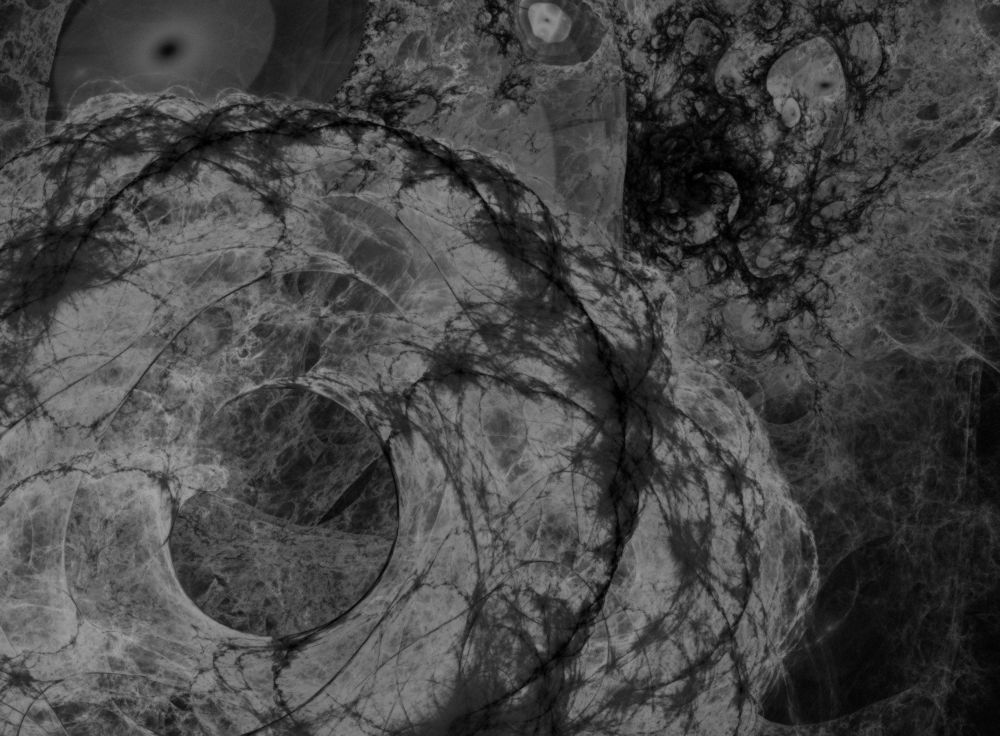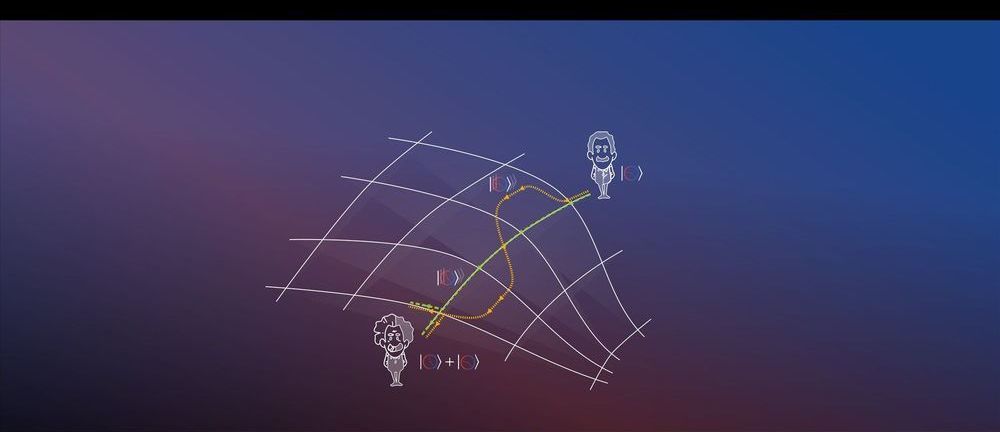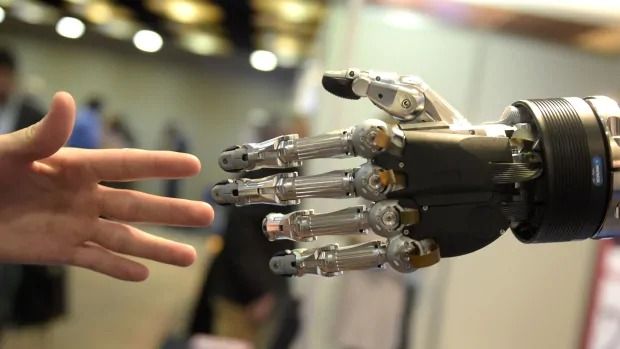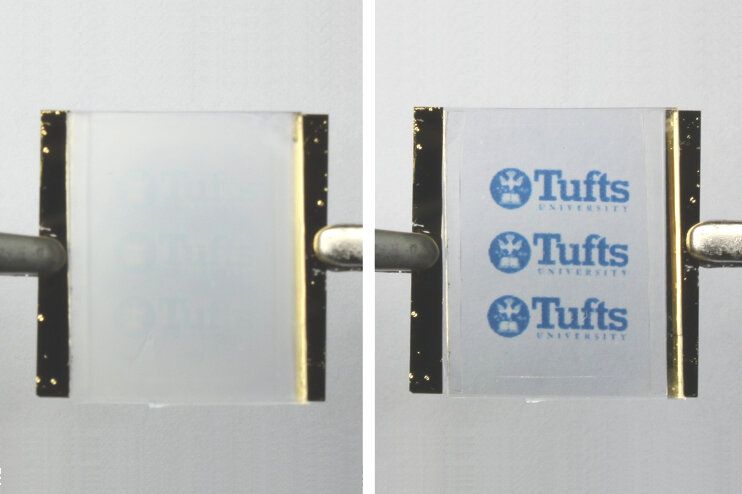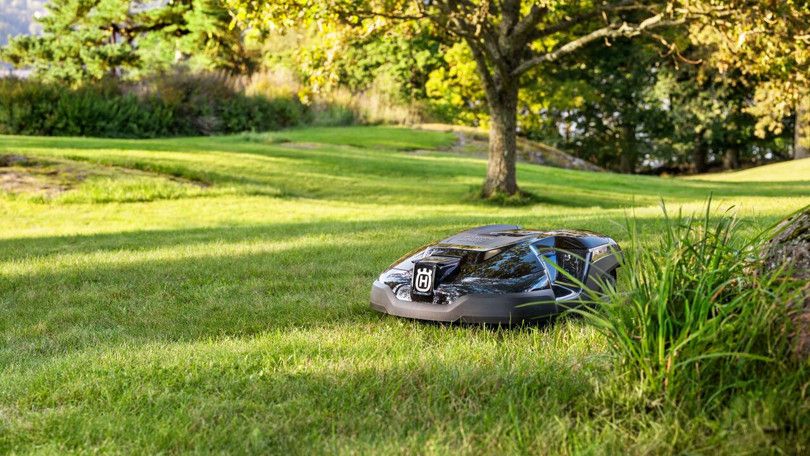Oct 7, 2019
Dark matter may be older than the big bang, study suggests
Posted by Paul Battista in categories: cosmology, particle physics
Dark matter, which researchers believe make up about 80% of the universe’s mass, is one of the most elusive mysteries in modern physics. What exactly it is and how it came to be is a mystery, but a new Johns Hopkins University study now suggests that dark matter may have existed before the Big Bang.
The study, published August 7 in Physical Review Letters, presents a new idea of how dark matter was born and how to identify it with astronomical observations.
“The study revealed a new connection between particle physics and astronomy. If dark matter consists of new particles that were born before the Big Bang, they affect the way galaxies are distributed in the sky in a unique way. This connection may be used to reveal their identity and make conclusions about the times before the Big Bang too,” says Tommi Tenkanen, a postdoctoral fellow in Physics and Astronomy at the Johns Hopkins University and the study’s author.
